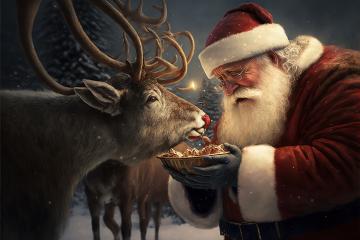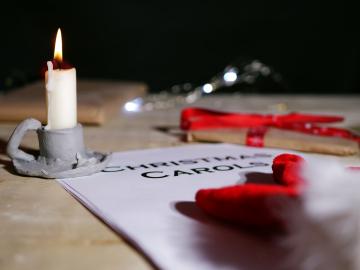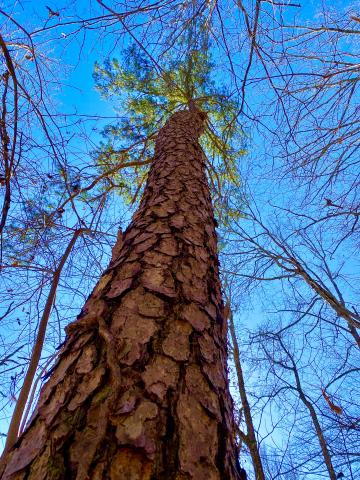Trees in Winter Are Worth a Look
When the forest is laid bare each winter there is a tendency to think of it as a bleak and dreary place. But the basic structural skeleton of each tree can be seen at this time, with every branch, twig, and bud visible, thus revealing how it has grown in the past, and how it has prepared for the future. So put on a coat, go outside and go take a look.
- Read more about Trees in Winter Are Worth a Look
- Log in to post comments









